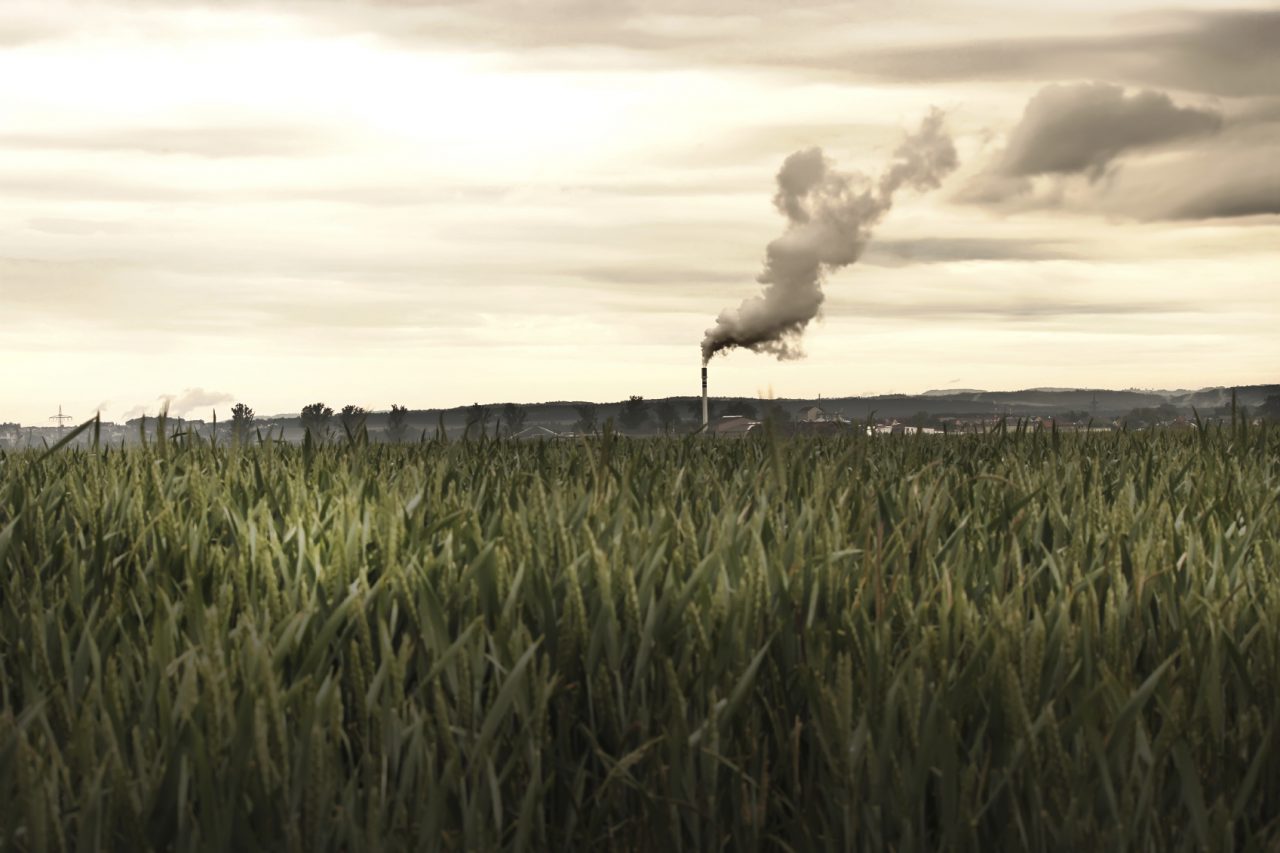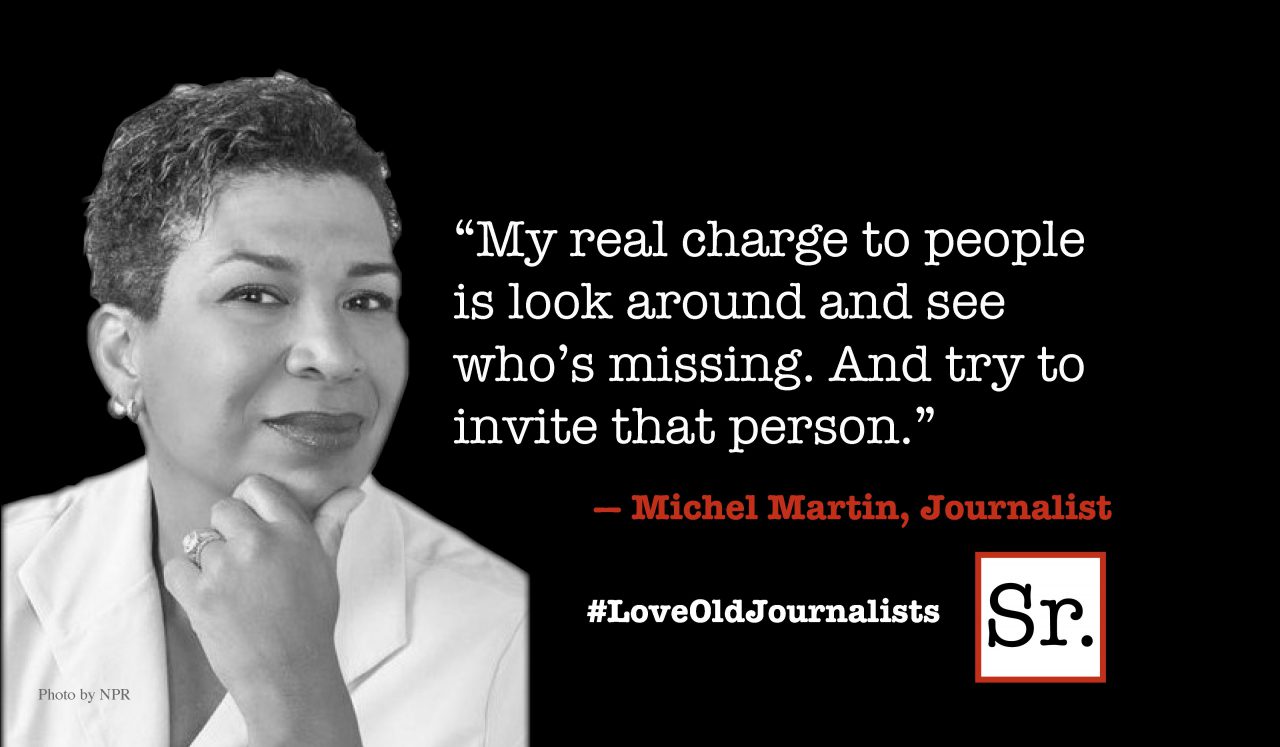Anyone who follows these columns knows that climate change is at the top of my agenda. While it is increasingly clear to almost everyone that climate change threatens the survival of human life, how is it so little happens that addresses the impending cataclysm?
I was recently introduced to a new book by Joshua P. Howe, published by the University of Washington Press, "Behind the Curve: Science and the Politics of Global Warming." Howe walks readers through the history of the concern, and identifies the roots of inaction. What I have found in this, and a variety of other sources, will be reported in this and next week’s columns. Three distinct groups form the major players.
First, there are the scientists whose research is value free. Pure science historically has affirmed that it is not in the business of pushing points of view, nor does it have a political agenda. The job of science is only to discover just how the world works, not to suggest remedies if there is a problem. Scientists at the Scripps Institute for Oceanography have identified what they have called “The Keeling Curve,” which charts the amounts of CO2 in the atmosphere. While this figure fluctuates depending on the time of the year, the trend is continually upward. In 1958 they measured atmospheric C02 at 315 ppm (parts per million). By 2014 that figure exceeded 400 ppm, and was continuing to rise at an alarming rate.
These scientists began to look at the natural causes for this increase. The results were clear. The burning of fossil fuels was the underlying reason. It was a simple step to equate the rise in CO2 with global warming. The charts were almost identical. These findings were widely known and published together with a number of peer reviews. The earth was heating up and the cause was the rise in atmospheric CO2 generated by the burning of fossil fuels. However, during most of the years in which this research was developed the scientific community did not seem to be concerned about the impact of its findings. The implications lay beyond the scope of pure science.
Second, as the scientific findings became increasingly obvious, the environmental community began to raise concerns about the disastrous implications of global warming. Alarms were sounded by Al Gore’s "An Inconvenient Truth," Bill McKibben’s 350 organization, the Citizen’s Climate Lobby with its plea for a carbon tax, commitments in hundreds of colleges and other organizations to divest all fossil fuel stocks, and similar concerns by a host of other environmental groups in the US and around the globe.
Third, there were the politically powerful bodies in whose hands any substantial change would lie. In the U.S. there was no appetite to control the use of fossil fuels — the clear culprit. The American economy in almost every Congressional district depended on fossil fuels. The Appalachian States relied on coal mining. Texas, Oklahoma and an increasing number of other states either drilled for, refined or transported these fuels. Even a slight decrease in their use would create economic havoc throughout the nation.
The nature of the American political system focuses attention on economic growth, and anything which threatens that concern is quickly smothered. Just like most large American corporations, it is the bottom line in quarterly statements that determines policy, not what might happen in a decade or two. This perspective was most clearly articulated by Oklahoma Senator James Inhofe in his 2012 book, "The Greatest Hoax: How the Global Warming Conspiracy Threatens Your Future." To make matters worse, Sen. Inhofe will be chairing the Senate Committee responsible for all environmental legislation.
Here then are the three major actors in whose hands any action on climate change and global warming will rest. As of a few years ago science stood on the sidelines while the environmentalists became increasingly loud in the face of a U.S. Congress committed to do nothing. As grim as things might look, the above is not the end of the story. Other things are now happening both in this nation and around the world. But that story will have to wait until next week.









